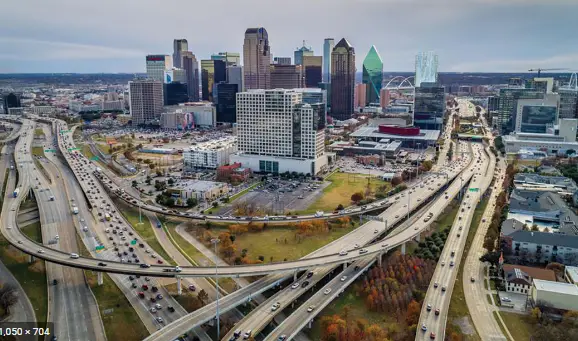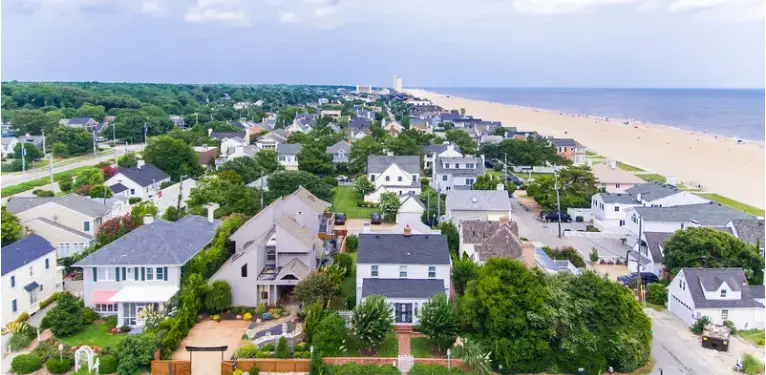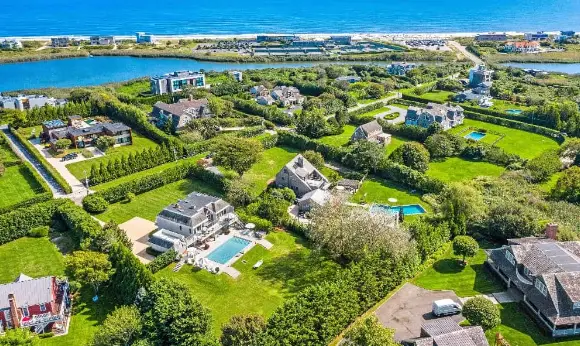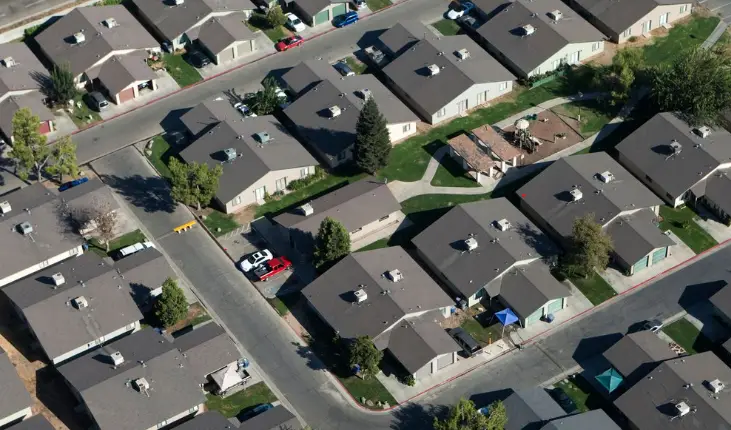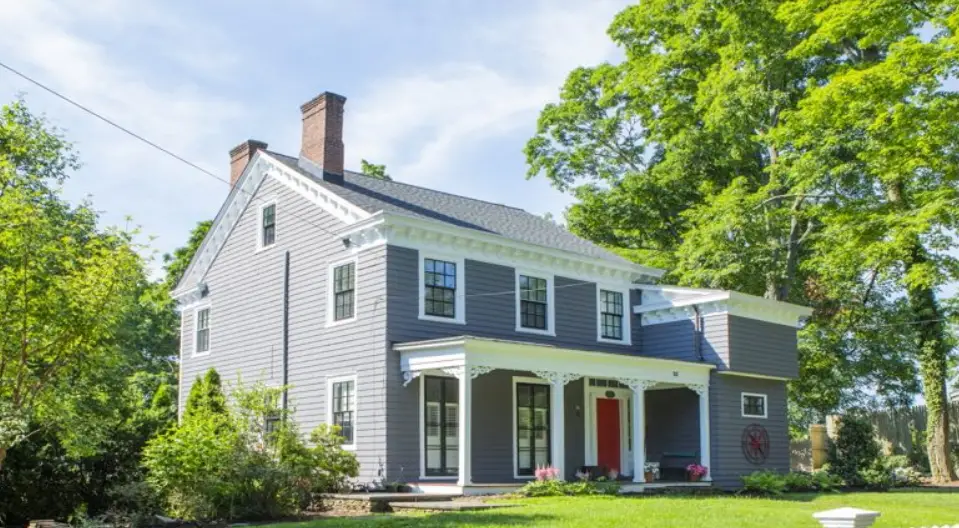Is Peoria, IL a good place to live?
Peoria, IL does have a lot to offer residents. The city has a variety of amenities and attractions, including a number of parks, a zoo, a botanical garden, and a children’s museum. Peoria is also home to a number of colleges and universities, as well as a thriving arts and culture scene. The cost of living in Peoria is relatively affordable, and the city has a low crime rate.
Is Peoria IL a safe place to live?
There is no definitive answer to this question as it depends on a variety of factors including one’s personal definition of “safe.” However, Peoria IL generally has a lower crime rate than other cities of comparable size and has been ranked as one of the safest cities in the US. In addition, the city has a number of programs and initiatives in place to help ensure the safety of residents and visitors.
Is Peoria a poor city?
There is no definitive answer to this question as poverty is relative and can be subjective. That being said, there are some factors that could be considered when determining if Peoria is a poor city. For example, the median household income in Peoria is $45,000, which is lower than the national average of $53,000. Additionally, about 17% of the population lives below the poverty line. So, based on these statistics, it could be argued that Peoria is a poor city.
However, it is important to note that poverty is not just about income. There are other factors to consider, such as the cost of living, access to resources, and the overall quality of life. When taking these things into account, Peoria may not be as poor as it seems. Ultimately, whether or not Peoria is a poor city is up for debate. There are some clear indicators that suggest it is a poor city, but there are also some positive aspects that should be considered.
Where is the best place to live in Peoria IL?
There is no definitive answer to this question as everyone’s needs and preferences are different. However, there are a few factors to consider when deciding on the best place to live in Peoria, IL. One important factor to consider is the cost of living in the area. Peoria is a relatively affordable city, with the cost of living index coming in at about 10% below the national average. However, there are still some areas that are more expensive than others. For example, the downtown area is generally more expensive than the suburbs. Another important factor to consider is the crime rate. Peoria is a relatively safe city, with a crime rate that is about average for the US. However, there are still some areas that are safer than others.
For example, the downtown area generally has a lower crime rate than the suburbs. Finally, it is important to consider the amenities that are available in the area. Peoria has a lot to offer in terms of entertainment, dining, and shopping. However, some areas are better than others. For example, the downtown area generally has more to offer in terms of entertainment and dining than the suburbs. So, where is the best place to live in Peoria, IL? It really depends on what you are looking for and what your budget is. If you are looking for an affordable place to live with a lot of amenities, then the downtown area may be the best place for you. However, if you are looking for a safe place to live with a lower cost of living, then the suburbs may be the best place for you.
What is the cost of living in Peoria IL?
The cost of living in Peoria, IL is relatively affordable when compared to other parts of the country. The median home price in Peoria is just over $100,000, and the median rent for a two-bedroom apartment is around $850. The cost of groceries and other essentials is also relatively low, and there are a number of free or low-cost entertainment options available. However, the cost of living in Peoria does vary depending on the specific neighborhood or area you choose to live in. For example, downtown Peoria is generally more expensive than the surrounding suburbs.
What is the racial makeup of Peoria IL?
According to the most recent census data, the racial makeup of Peoria IL is as follows: -70.7% White -15.8% Black or African American -0.4% Native American -1.5% Asian -9.6% Other Peoria IL is a majority white city, with 70.7% of the population identifying as white. However, there is a significant black or African American population as well, at 15.8%. There is also a small but notable presence of other racial groups, including Native American, Asian, and other.
What is Peoria IL known for?
Peoria is a city in Central Illinois. The population is 115,007 as of the 2010 census, making it the most populous city in the state outside of the Chicago metropolitan area. It is the county seat of Peoria County and is situated on the Illinois River. Peoria is the headquarters for Caterpillar Inc., one of the 30 companies composing the Dow Jones Industrial Average. Geographically, Peoria is on the border between Illinois and Iowa, and is the largest city on the Illinois side of the river. The city is home to Bradley University, Illinois Central College, and Midstate College. Peoria has a strong commitment to the arts, and is home to the Peoria Symphony Orchestra, the Peoria Civic Center, and the Peoria Players Theatre. The city is also home to the Peoria Sports Complex, which is home to the Peoria Chiefs, a minor league baseball team affiliated with the St. Louis Cardinals, and the Peoria Rivermen, a minor league hockey team affiliated with the NHL’s St. Louis Blues.
What percent of Peoria Illinois is black?
There is no definitive answer to this question as the U.S. Census Bureau does not release data on race for specific cities. However, according to the 2010 Census, the population of Peoria was 115,007 and the population of blacks or African Americans was 11,874, which is approximately 10.3% of the total population.
What is the poverty level in Peoria IL?
The poverty level in Peoria IL is 20.0%. In 2016, that equated to 24,256 people. The poverty rate is often higher for certain groups of people, such as minorities, women, children, and the elderly. Poverty can have a number of negative effects on people, including poor health, lack of education, and crime.
What is the population of Peoria Illinois 2021?
As of 2021, the population of Peoria, Illinois is estimated to be 116,967. This is a slight decrease from the last estimated population in 2020, which was 117,383. The decrease in population is likely due to a variety of factors, such as the ongoing pandemic and the resulting economic recession. Peoria is the largest city in Central Illinois and is the county seat of Peoria County. The city is home to a number of major employers, including Caterpillar, Inc., OSF HealthCare, and the University of Illinois College of Medicine at Peoria. Peoria is also a major transportation hub, with two airports and a major Amtrak station.
How big is Peoria Illinois?
Peoria, Illinois is the county seat of Peoria County, Illinois, United States, and the largest city on the Illinois River. Established in 1691 by the French explorer Henri de Tonti, Peoria is the oldest European settlement in Illinois, and is named after the Peoria tribe. As of the 2010 census, the city was the seventh-most populated in Illinois, with a population of 115,007. The five-county metropolitan area is ranked 91st in terms of population in the United States with 373,590 residents. Peoria had a population of 118,943 in 2019, when estimated by the US Census Bureau. Peoria is the headquarters for Caterpillar Inc., one of the 30 companies composing the Dow Jones Industrial Average.
What county is Peoria Illinois?
Peoria is a city in and the county seat of Peoria County, Illinois, United States, and the largest city on the Illinois River. Established in 1691 by the French explorer Henri de Tonti, Peoria is the oldest European settlement in Illinois, and is named after the Peoria tribe. As of the 2010 census, the city was the seventh-most populated in Illinois, with a population of 115,007. The five-county metropolitan area is ranked 91st in terms of population in the United States with 373,590 residents. Peoria had a population of 118,943 in 2010, when far northern Peoria was also included. Until 2018, Peoria was the global and national headquarters for Caterpillar Inc., one of the 30 companies composing the Dow Jones Industrial Average, and listed on the Fortune 100.
Major regional medical centers include OSF Saint Francis Medical Center and UnityPoint Health-Methodist/Proctor. Peoria is one of the oldest settlements in Illinois, as explorers first ventured up the Illinois River from the Mississippi. The lands that eventually would become Peoria were first settled by Europeans in 1680, when French explorers René-Robert Cavelier, Sieur de La Salle and Henri de Tonti constructed Fort Crevecoeur. This fort would later burn to the ground, and in 1813 Fort Clark, Illinois was built. When the County of Peoria was organized in 1825, Fort Clark was officially named Peoria. Peoria was named after the Peoria tribe, a member of the Illinois Confederation. The original meaning of the word is uncertain.
A 21st-century proposal suggests a derivation from a Proto-Algonquian word meaning “to dream with the help of a manitou.” Peoria was incorporated as a village on March 11, 1835. The city did not have a mayor, though they had a village president, Rudolphus Rouse, who served from 1835 to 1836. The first Chief of Police, John B Lishk, was appointed in 1837. The city was incorporated on April 21, 1845. This was the end of a village president and the start of the mayoral system, with the first mayor being William Hale.
What is the best city to live in in Illinois?
There is no definitive answer to this question as what makes a city the “best” to live in varies from person to person. Some may prefer a bustling, metropolitan area while others might prefer a smaller, more laid-back town. Additionally, factors such as cost of living, job opportunities, and quality of life will all play a role in determining which city is the best for a particular individual. With that said, there are a few cities in Illinois that tend to be consistently ranked highly in terms of livability. Chicago, for example, is a major city with plenty of job and entertainment options. It also has a relatively low cost of living when compared to other major metropolitan areas. Other cities that tend to be popular among residents include Naperville, Schaumburg, and Oak Park. These cities offer a good mix of affordability, job opportunities, and quality of life.

